Recreation of a 1925 Workers’ Club epitomises constructivist and Soviet design codes
The Art Russe Foundation and Moscow State Stroganov Academy of Industrial and Applied Arts’ Furniture Design Department faithfully reproduce the original uncluttered design
Balthazar Morvan - Photography
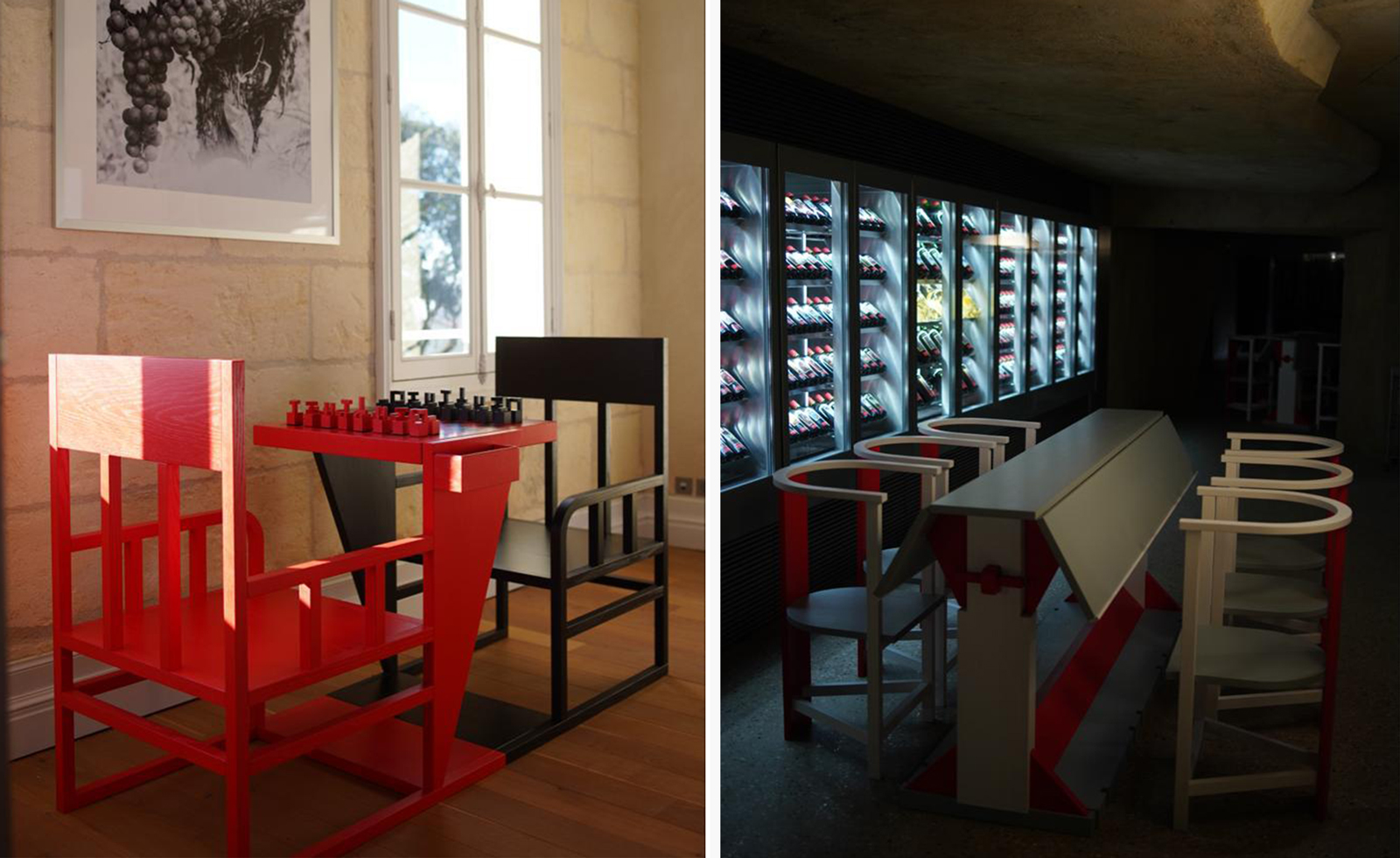
Founder of constructivism, painter and graphic artist Alexander Rodchenko originally designed the Workers’ Club of the USSR as a part of the Soviet Pavilion; it made its debut at the 1925 International Exhibition of Modern Decorative and Industrial Arts in Paris, with its clean, uncluttered design and starkly graphic form quickly defining the parameters of early Soviet design.
Now, students and alumni at the Moscow State Stroganov Academy of Industrial and Applied Arts’ Furniture Design Department have recreated the Workers’ Club as part of an agreement with the Art Russe Foundation. The group utilised drawings and sketches from the Alexander Rodchenko family archives, made available by the artist’s grandson and Stroganov Academy professor Alexander Lavrentyev, when creating the interior, which has been designed as a functioning and usable space.
Workers’ Club recreated by and for furniture design students
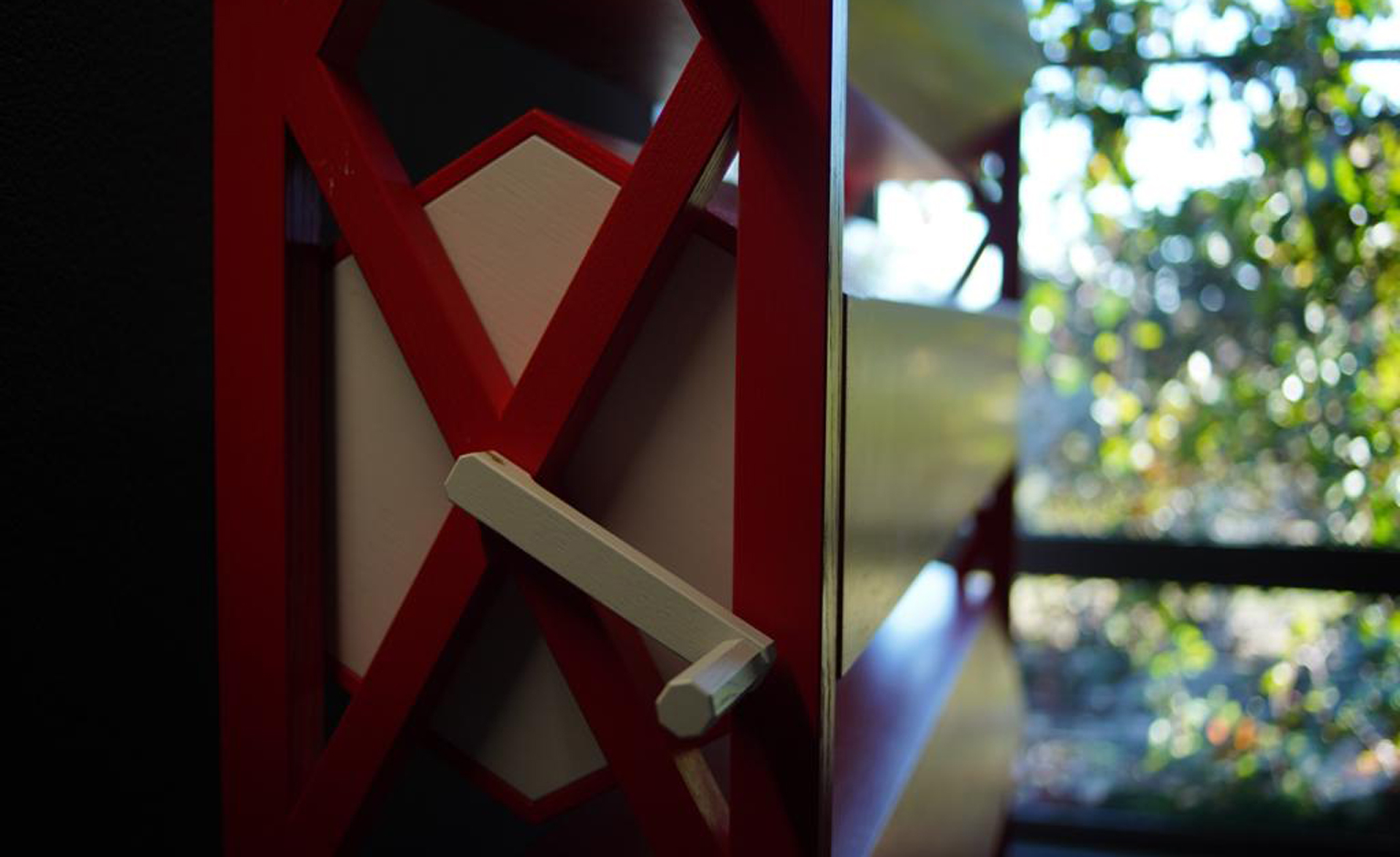
Familiar features from the original have been faithfully recreated using materials and techniques available in the early 20th century. The chess table is brought to life by furniture designer Nikolai Golikov and comes complete with constructivist wooden chess pieces designed in 1976 by Lavrentyev and his wife Irina Vasnetsova. A photo stand with hexagonal detailing, convertible desks and bookshelves are also authentically reproduced.
‘In many respects, the goals and objectives of the Workers’ Club as an institution are aligned with those of an educational cluster, which, in essence is what a department of a higher educational institution is, especially one related to design,’ says head of the Stroganov Academy Furniture Design Department and project participant Kirill Cheburashkin. ‘Our Workers’ Club is a living space where students study and relax. We now have a unique opportunity to observe and assess the strengths and weaknesses of the recreated club. And, as professionals, to seek compromise solutions between authentic aesthetics and modern functional requirements for administrative and educational space. The project was intended to enable realisation of a beautiful, century-old utopia that has become a hallmark of Soviet furniture design.’
The reproduced Workers’ Club will remain at the Stroganov Academy, while a second version has been shipped to France to join the Russian art collection at Château la Grâce Dieu des Prieurs in Saint-Émilion.
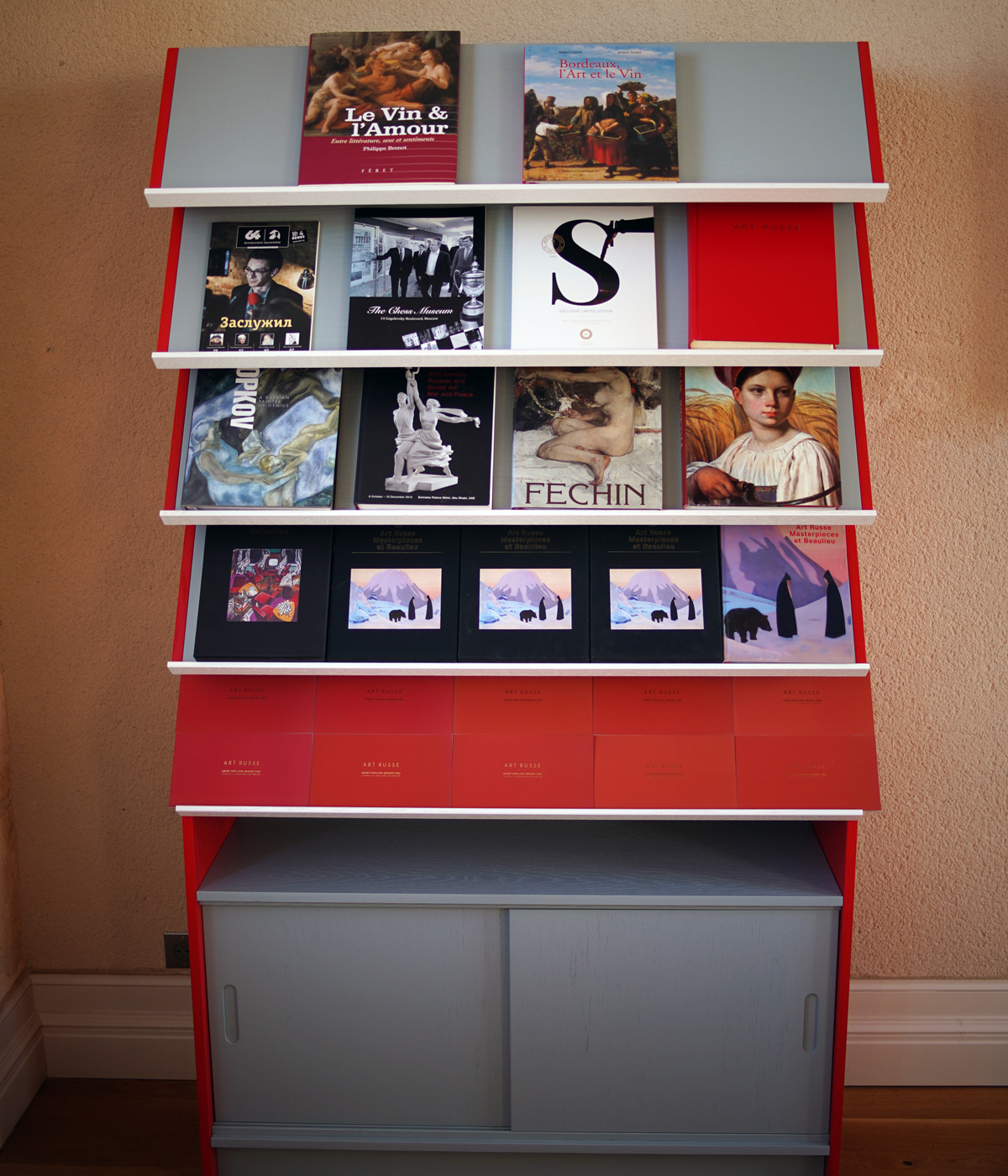
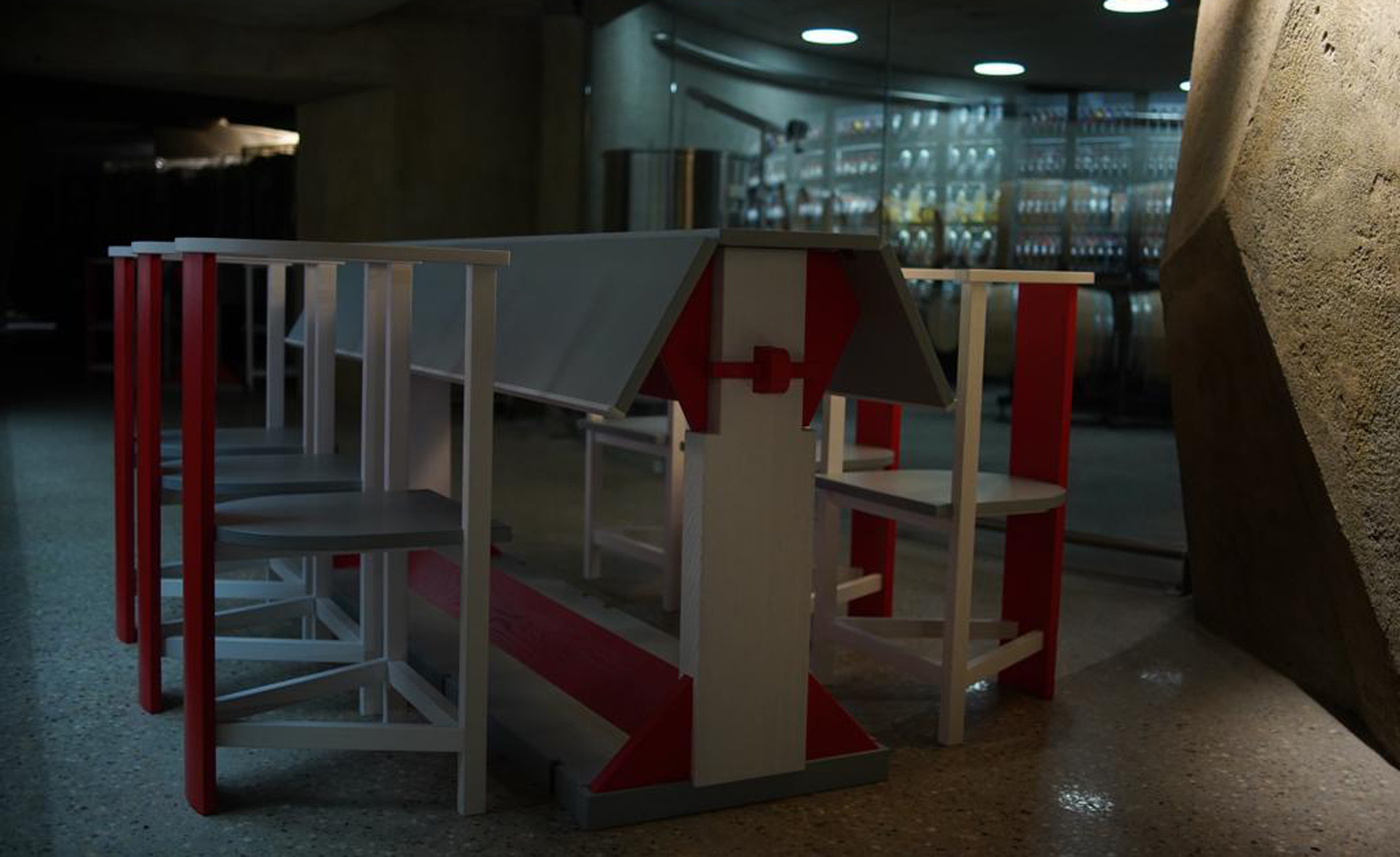
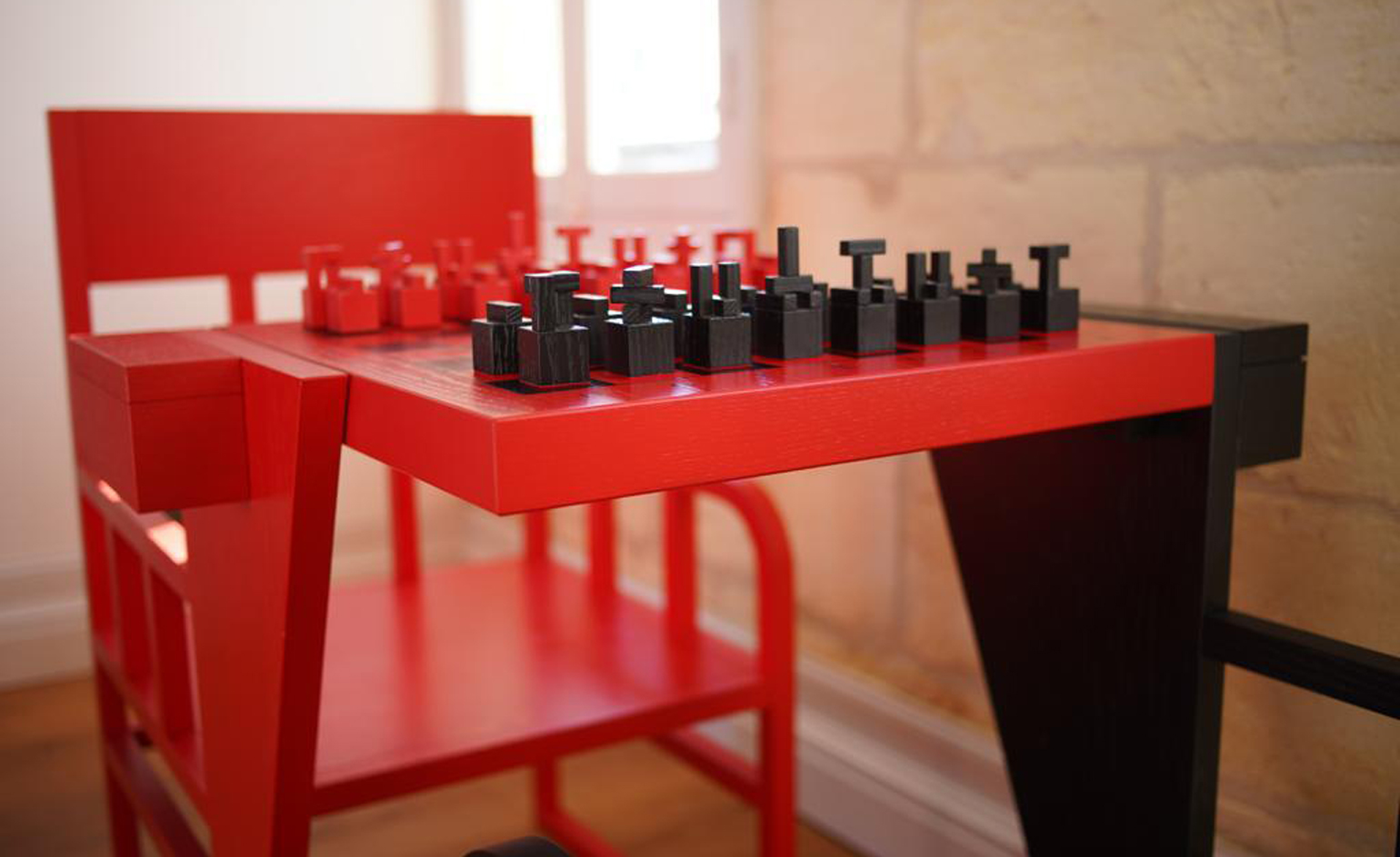
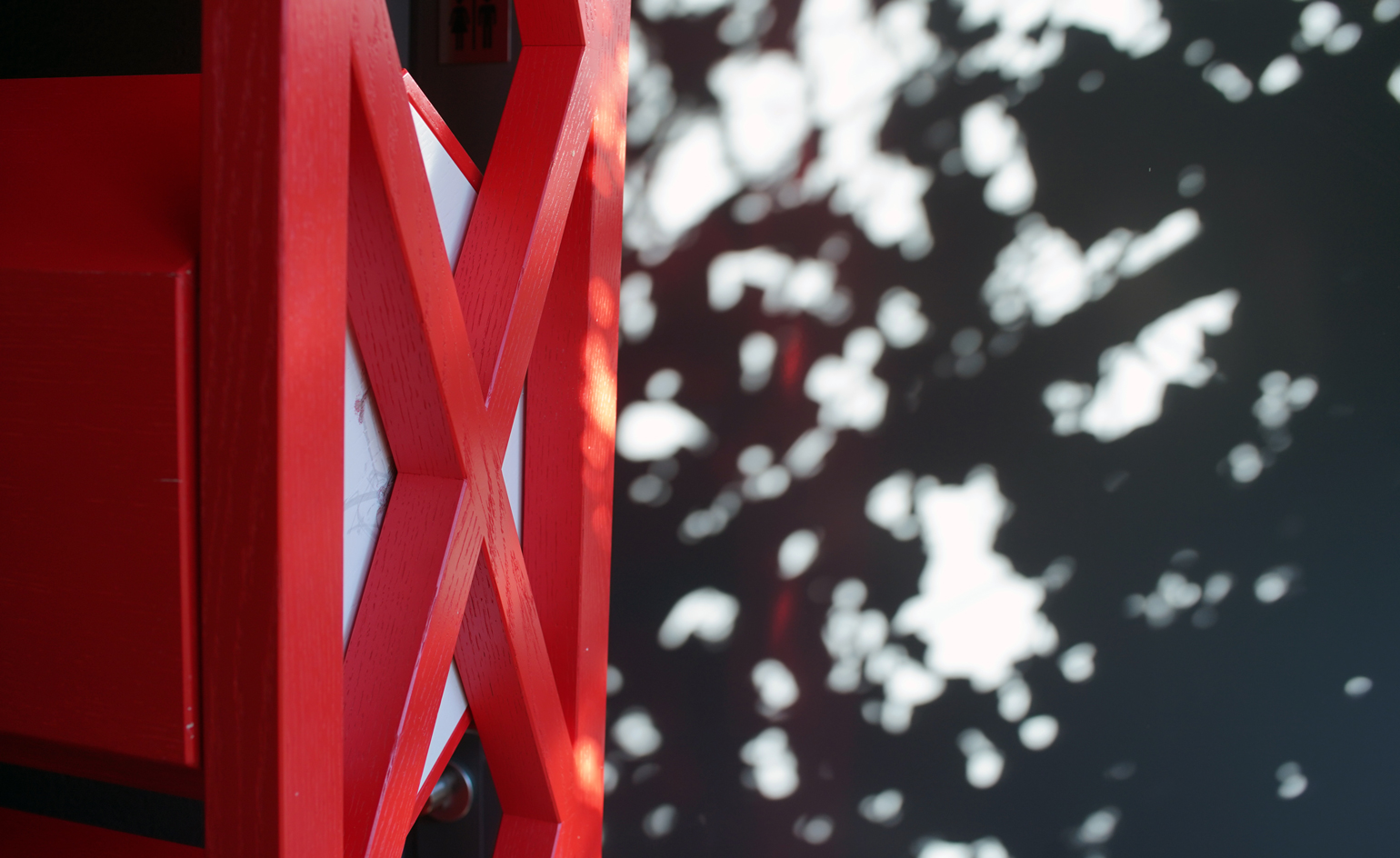
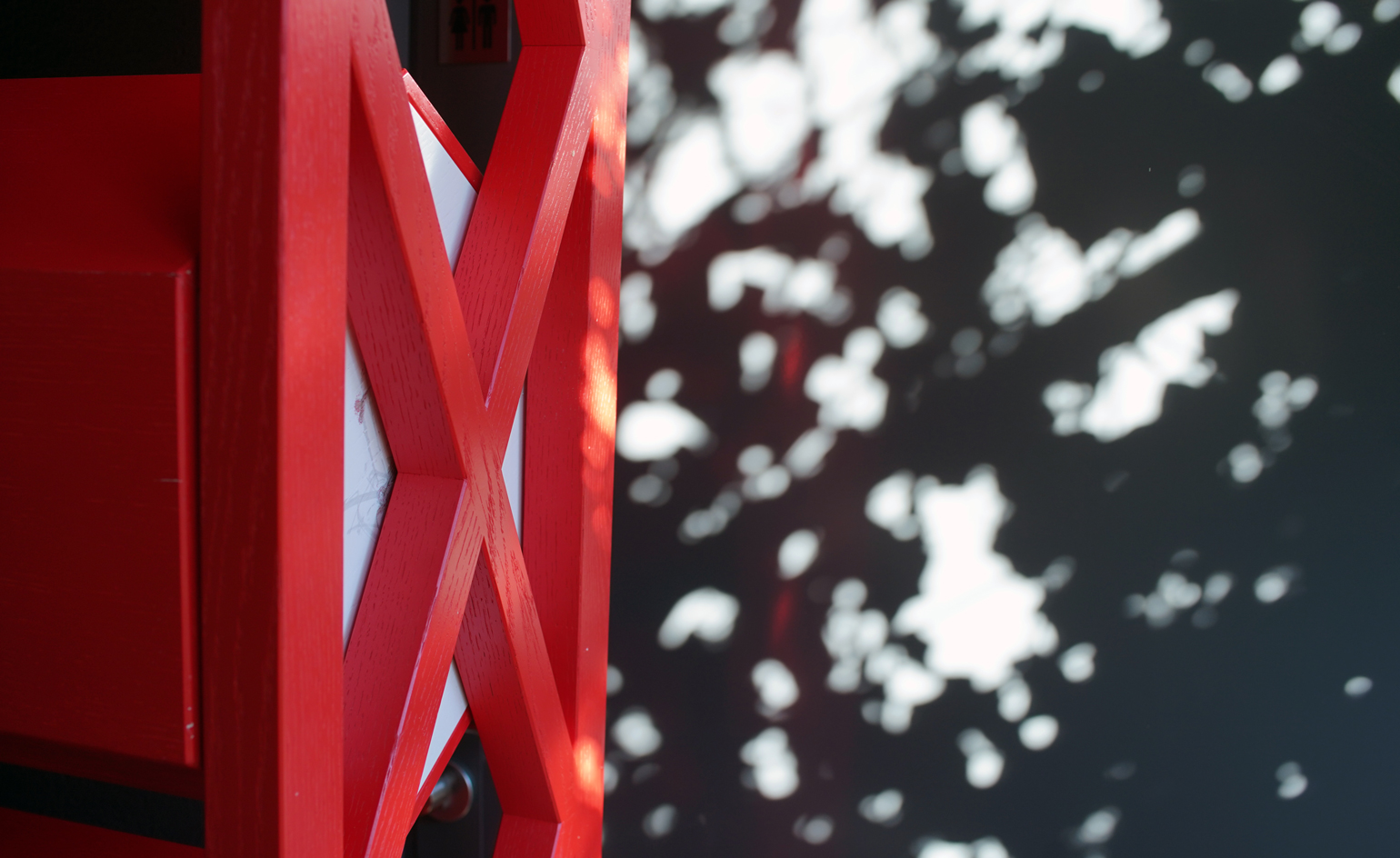
INFORMATION
Receive our daily digest of inspiration, escapism and design stories from around the world direct to your inbox.
Hannah Silver is the Art, Culture, Watches & Jewellery Editor of Wallpaper*. Since joining in 2019, she has overseen offbeat art trends and conducted in-depth profiles, as well as writing and commissioning extensively across the worlds of culture and luxury. She enjoys travelling, visiting artists' studios and viewing exhibitions around the world, and has interviewed artists and designers including Maggi Hambling, William Kentridge, Jonathan Anderson, Chantal Joffe, Lubaina Himid, Tilda Swinton and Mickalene Thomas.
-
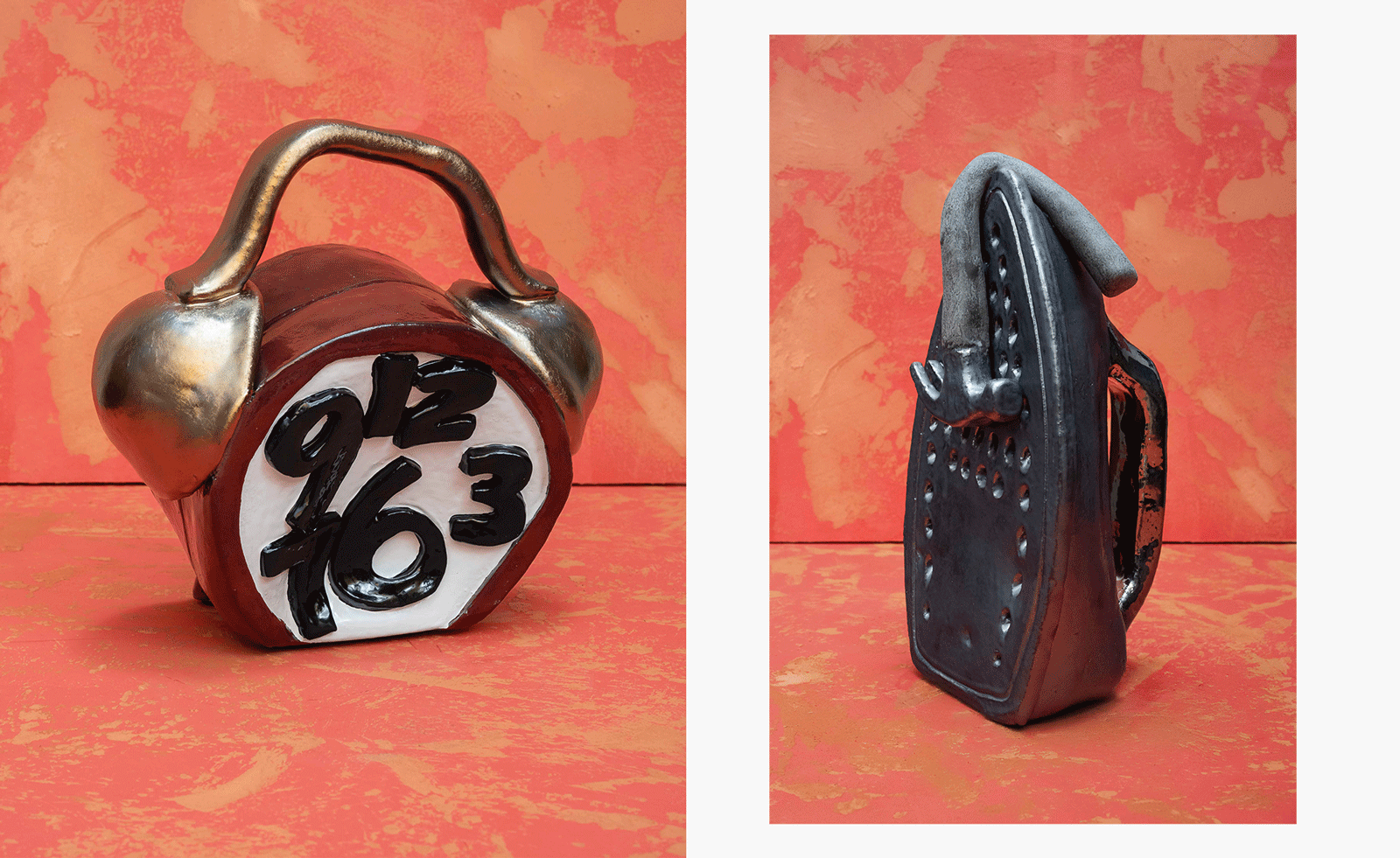 Sculptor Woody De Othello paints a Miami museum red for a show that ‘almost hugs you’
Sculptor Woody De Othello paints a Miami museum red for a show that ‘almost hugs you’The Miami-born, California-based artist opens his first museum exhibition in his hometown as an experiential journey through life and lifeless objects
-
 Alpine A390 GT: French, fast and fun. A sporting EV with a real sense of occasion
Alpine A390 GT: French, fast and fun. A sporting EV with a real sense of occasionAlpine doubles down on its fast electric credentials with the A390 GT, the French performance brand’s largest car to date
-
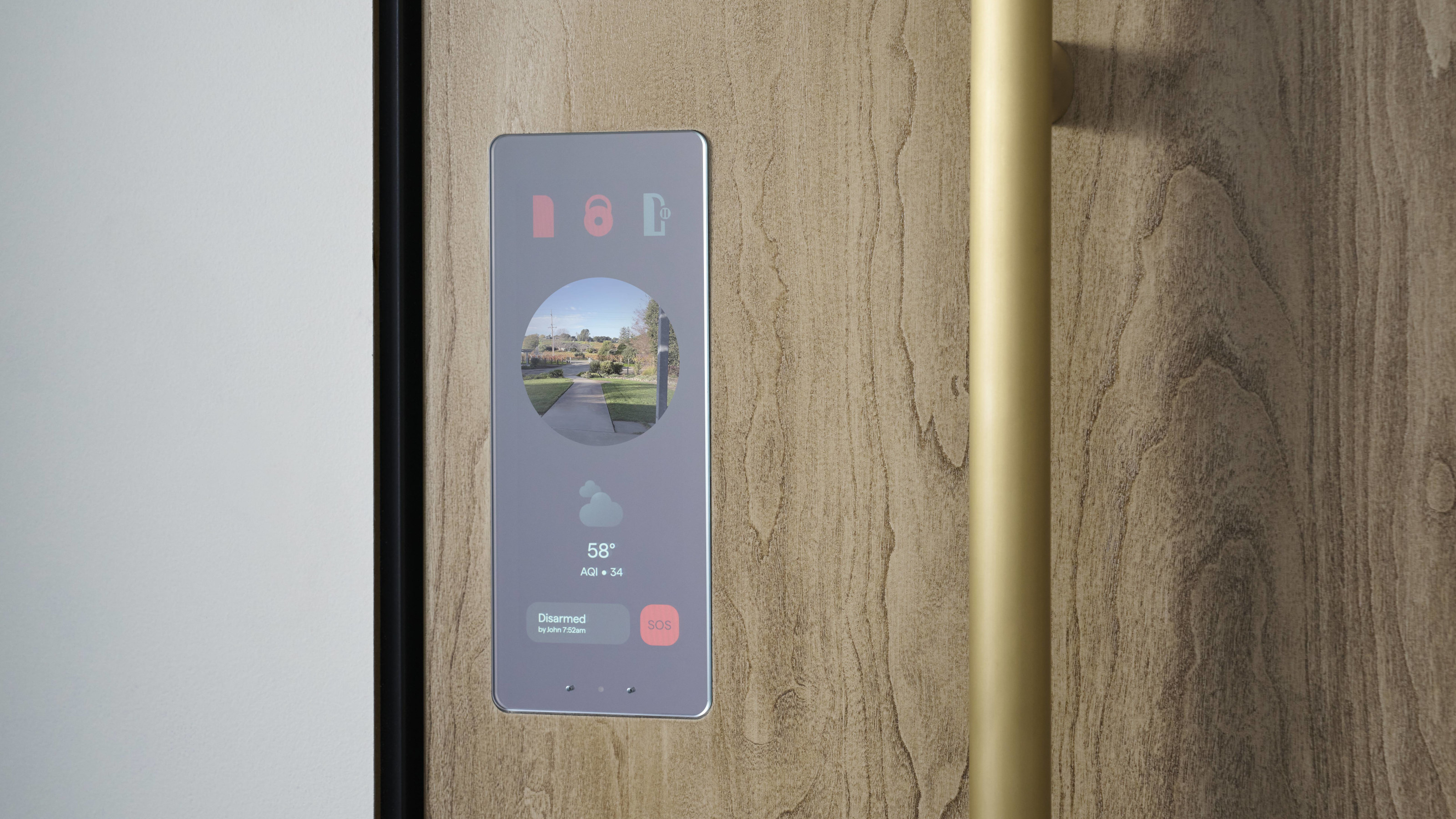 Forget smart homes, Doma's 'intelligent' doors open at the sight of a familiar face
Forget smart homes, Doma's 'intelligent' doors open at the sight of a familiar faceYves Béhar and Jason Johnson have founded Doma, a tech start-up dedicated to seamlessly integrating tech into your daily life